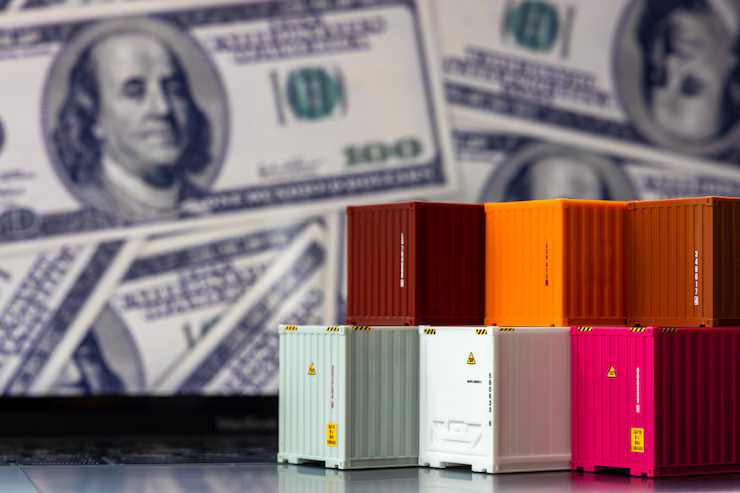Avoid Customs Chaos: Master US Tariffs Before You Ship
Table of Contents
- What are import and export tariffs?
- Do I need a tariff number to ship to the USA?
- How to simplify US customs and tariff management
What are import and export tariffs?
Let’s keep it simple: tariffs are taxes applied when goods cross borders. When you’re shipping to or from the United States, these tariffs can directly impact your pricing, profits, and even whether your goods are allowed in the country.
For example, if you’re exporting machinery to the US or importing textiles, each product category falls under a specific tariff code with its own tax rate. These charges can add up fast—and if you get it wrong, you might face delays, fines, or even confiscations.
Do I need a tariff number to ship to the USA?
Yes. Absolutely. 100%.
Every product shipped internationally needs a tariff code, also called an HS code (Harmonized System). Think of it like the DNA of your product—it tells customs exactly what you’re shipping and how much duty you owe.
Without the right code, customs might reclassify your shipment, apply a higher duty, or hold your goods. And trust us: you don’t want that.
How to make US shipping easy
Let’s be honest: dealing with customs and tariffs isn’t fun. But with the right help, it’s way easier than you think.
FAQ: Your Tariff Questions Answered
Do I need a tariff number to ship to the USA?
Yes. You must use the correct HS code for every item to ensure smooth customs clearance and avoid extra fees.
What are import and export tariffs?
They’re taxes placed on goods crossing international borders. They vary by product and country.
What do I need to import to the USA?
You need a tariff number, commercial invoice, proper labeling, and often a customs broker to avoid issues at the border.

